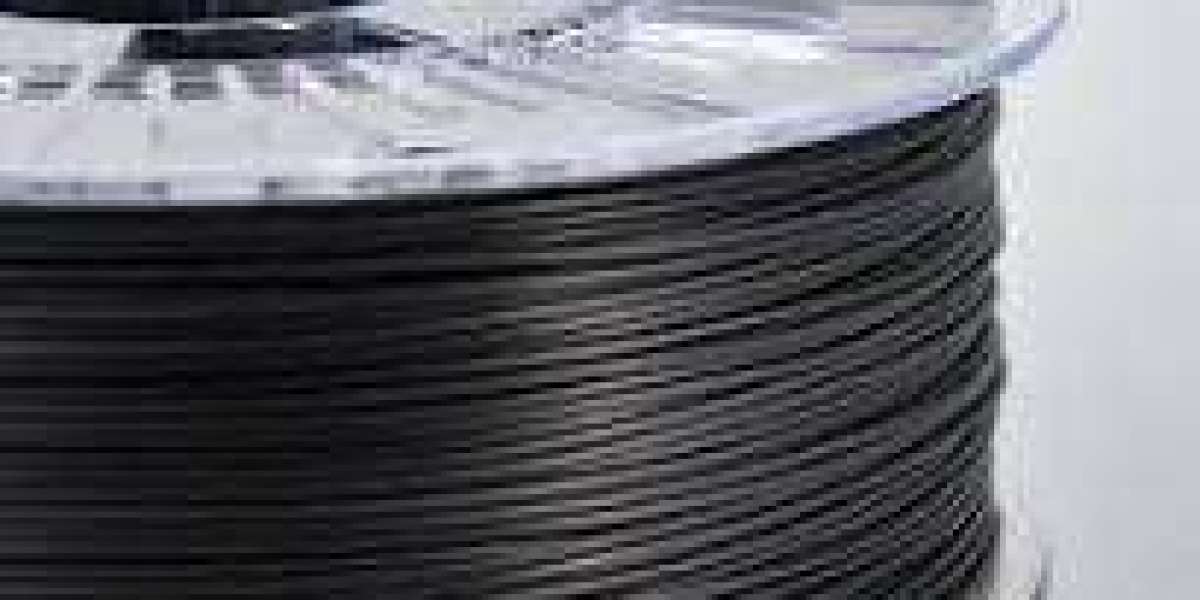Maintaining the longevity of your 3D printing filament is essential for achieving consistent print quality and reducing material costs. With careful attention to storage, handling, and environmental factors, you can significantly extend the lifespan of your filaments, allowing for reliable prints and less filament waste over time. Here’s a guide on the steps to follow to ensure your filaments remain in top condition for as long as possible.
1. Proper Storage Solutions
One of the main threats to filament quality is moisture absorption. Filaments like PLA, PETG, and especially nylon are highly hygroscopic, meaning they absorb moisture from the air. When moisture penetrates the filament, it can cause bubbling, brittle texture, and inconsistent extrusion. To combat this, always store filaments in a cool, dry place. Using airtight containers with silica gel packets helps absorb any residual moisture. Consider investing in filament storage bags or specialized filament dryers to keep materials dry.
2. Control Environmental Exposure
Aside from moisture, temperature and UV light also play significant roles in filament degradation. Filaments exposed to excessive heat can become soft and deform, while prolonged exposure to sunlight can make them brittle and more susceptible to breaking. Therefore, avoid storing filament near windows, heaters, or other sources of warmth. In humid or extremely variable environments, a dedicated filament drying cabinet or airtight storage solution can help protect your filaments from the elements.
3. Use Filament Dryers for Optimum Condition
If your filament has absorbed moisture, using a filament dryer before printing can help restore it to a usable state. Filament dryers gently heat the material to remove any absorbed moisture, which enhances print quality and reduces potential extrusion problems. For filaments that have been stored for an extended period, running them through a drying cycle is particularly beneficial, ensuring optimal performance during printing.
4. Regular Inspections
Regularly inspecting your filaments can help you detect issues early. If you notice any visible signs of damage, like cracks, discoloration, or brittleness, it may be time to consider re-drying or replacing the filament. Similarly, checking for tangles or snags in the spool can prevent jams and inconsistencies during printing. Unspool a small length periodically to ensure the filament is smooth and flexible.
5. Label and Track Filament Usage
Tracking filament usage allows you to identify the age and condition of your materials. Label each spool with the purchase date, type, and specific storage requirements if necessary. Keeping track of how long each filament has been in storage will help you prioritize which filaments to use first and prevent degradation from prolonged storage.
6. Handle with Care
Handling filaments roughly can lead to internal micro-fractures, weakening the filament and leading to breakage during printing. When changing spools, avoid bending or tugging on the filament too forcefully. Instead, gently feed the filament into the extruder and avoid excessive twisting or sharp bends.
Conclusion
By adopting these careful maintenance practices, you can significantly extend the life of your 3D printing filament and ensure consistent, high-quality prints. Proper storage, regular inspections, and mindful handling are all small steps that go a long way in protecting your filament investment. In the world of 3D printing, where precision and reliability matter, maintaining your filament’s integrity is key to successful and cost-effective production.








